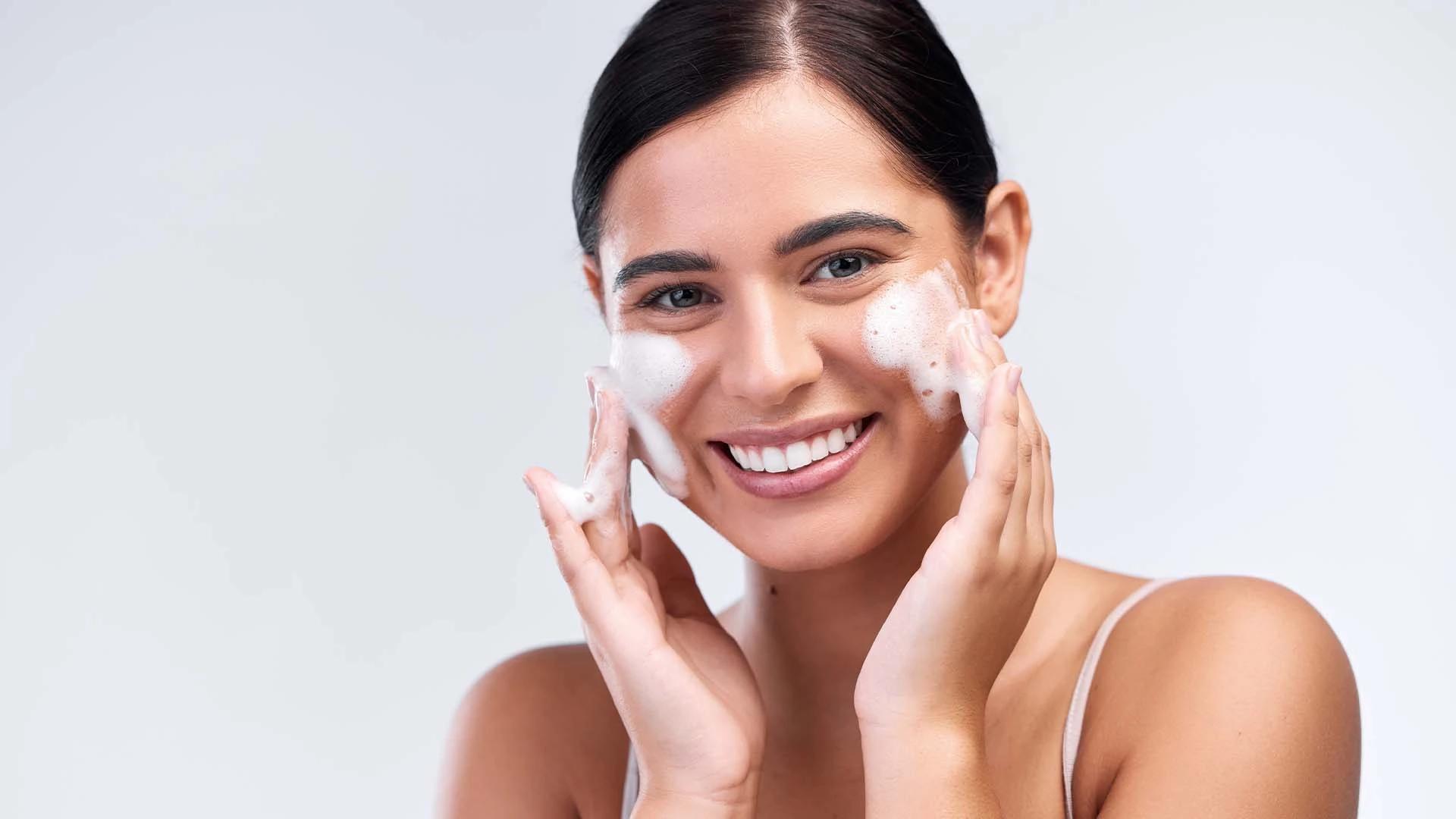Small tweaks to your routine can make a big difference in how well your products perform. These practical tips help you get the most value from every product in your arsenal.
Patch Testing Saves Skin Drama
Before trying any new product on your face, test it on a small patch of skin first. Apply a tiny amount to your inner arm or behind your ear and wait 24-48 hours to see if any reaction occurs. This simple step can save you from major breakouts or irritation.
Give Products Time to Work
Patience is key with skincare—most products need 4-6 weeks of consistent use before you'll see real results. Don't switch products too quickly or you'll never know what's actually working for your skin. Consistency beats complexity every time.
Seasonal Routine Adjustments
Your skin's needs change with the weather and seasons. You might need richer moisturisers in winter and lighter formulas in summer. Pay attention to how your skin feels and adjust your routine accordingly rather than sticking rigidly to the same products year-round.
Frequently Asked Questions
What is the best order to apply skin products?
The general rule is thinnest to thickest consistency: cleanser, toner, serums, eye cream, moisturiser, and sunscreen (morning only). This ensures each product can absorb properly without being blocked by heavier formulas.
How long should I wait between applying skincare products?
Wait 30 seconds to 2 minutes between each layer, depending on the product. Serums and treatments need more time to absorb, whilst toners and lightweight products absorb more quickly. Your skin should feel ready for the next step, not sticky or wet.
Can I use multiple serums in my skincare routine?
Yes, you can layer multiple serums, but apply them from thinnest to thickest consistency. Start with water-based serums, then move to oil-based ones. However, be mindful not to overwhelm your skin—sometimes less is more.
Should I follow the same skincare routine in the morning and at night?
No, morning and evening routines serve different purposes. Morning routines focus on protection (antioxidants, SPF), whilst evening routines emphasise repair and treatment (retinoids, stronger actives). Adjust your routine based on what your skin needs at different times.
How do I know if I'm using too many skincare products?
Signs of product overload include increased breakouts, irritation, or skin that feels congested. If your routine takes more than 10-15 minutes or you're using more than 6-8 products, you might be overdoing it. Simplify and focus on products that address your main concerns.
Key Takeaways
Mastering your skincare order doesn't have to be complicated—it's about understanding the basics and building from there. Start with the essential steps, then gradually add treatments as you discover what your skin loves. Remember that consistency matters more than complexity, and what works for your friend might not work for you. The best routine is one you'll actually stick to, so keep it realistic for your lifestyle. Most importantly, give products time to work and don't be afraid to simplify if your routine becomes overwhelming. Your skin will thank you for the thoughtful approach, and you'll actually see the results you've been hoping for.

 60 gm
60 gm COMBO
COMBO COMBO
COMBO COMBO
COMBO